VHO - Many experts in archaeology and history recognize that behind museum artifacts there always exists a team of people working in restoration and protection, silently trying to preserve the original state of the artifacts.
In the context of an increasingly technological society, how should the work of museum conservators be viewed so that they can truly feel secure in their responsibilities and expertise?
Mr. Huynh Dinh Quoc Thien, Director of Da Nang Museum, humorously defines his colleagues in the field of expertise as those who are “holding history by hand”. They need the attention of management levels and the entire social community, so that they can receive better investment, ensure positive requirements and criteria, and help their work become more and more effective.
Turn the page of earth, brighten the page of life
After storm No. 3 hit the northern provinces, Mr. Huynh Dinh Quoc Thien commented: “We museum workers are all very worried, when storms and natural disasters strike, threatening buildings, museums, relics and sites… will the localities be able to prepare for all the risks to museums after storms and soon we, the museums in the Central region, will face a new storm season.”
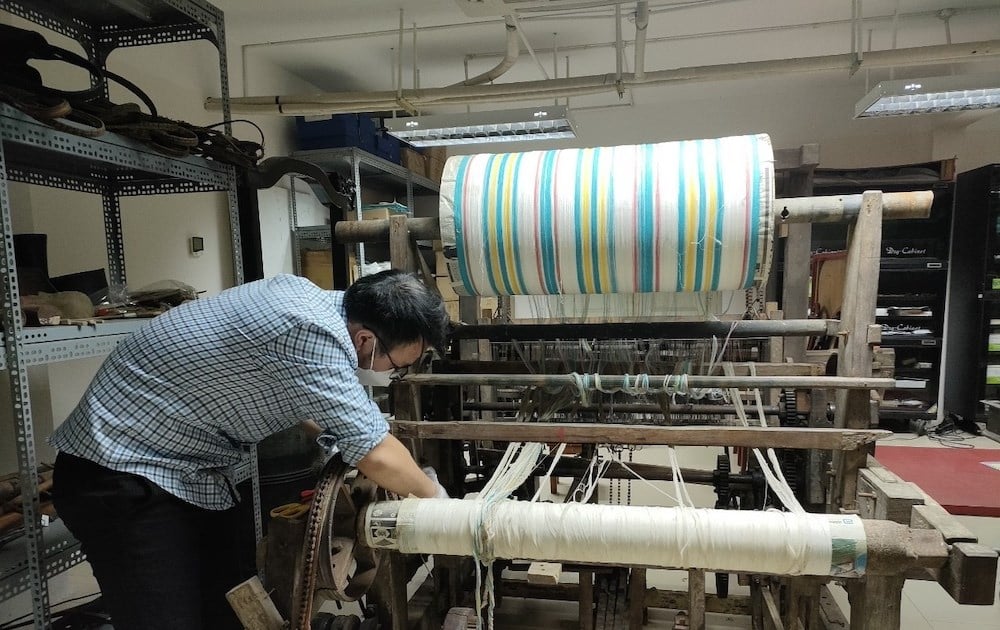
Mr. Thien's thoughts, as well as those of many experts and consultants specializing in historical conservation and research, seem to always be the same in terms of how to ensure the safest system of relics and artifacts in museums and historical sites. One of the issues that needs attention is how are people who specialize in museum conservation cared for and protected?
Turning to this aspect, Mr. Thien confided that it seems that every year, every rainy and stormy season, the museum conservation industry has stories of losses, but the most worrying thing is the lives and spirits of those who take care of the profession. “Do not underestimate the lives and working responsibilities of many people behind the massive museums and restored historical sites, who are good at their profession in terms of responsibility.

It is not only scholars, researchers…, but also carpenters, masons, mechanics, people in charge of chemicals, biology… Preserving, maintaining, and restoring a relic or artifact is actually not simple, requiring the cooperation of a whole group of people working in many different specialized professions,” Mr. Thien explained.
From this perspective, the role of the team of people working in the museum industry is not simple. There are people who have quietly pursued restoration and conservation work for decades, quietly and patiently participating in restoration projects and plans to complete extremely valuable collections of artifacts...
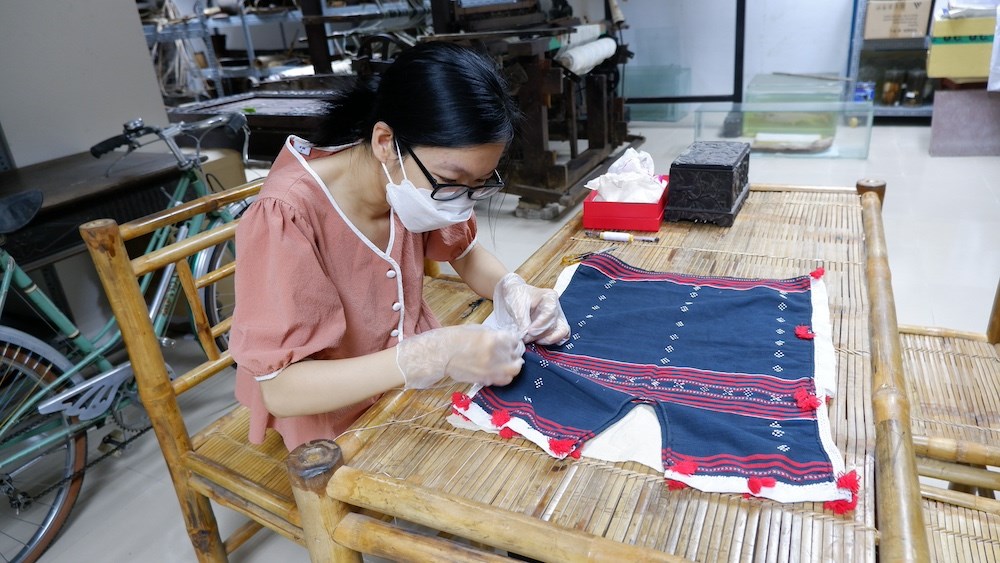
The effort and intelligence they put into the artifacts they have, therefore, cannot be measured in money or working days. “Turn the page of the earth, brighten the page of life”, is the comment Mr. Thien made, clearly pointing out that those involved have never had a day off from their responsibility to preserve and protect historical traces and evidence of time…
Need thorough attention!
Mr. Huynh Dinh Quoc Thien said that at the Da Nang Museum alone, there are currently 39 people doing specialized work in restoration and preservation of artifacts. This number, compared to the amount of work involved in collecting and protecting artifacts and documents that need to be displayed at local museums, is a big difference.
In 2024 alone, with the results of the Da Nang City Appraisal Council agreeing to purchase 101 artifacts and groups of artifacts for the Da Nang Museum, including Cham and Nguyen Dynasty historical and cultural artifacts; paper money and metal coins; subsidy period artifacts, groups of marine life specimens, butterfly and insect specimens; Nguyen Dynasty ceramic artifacts, groups of ancient ceramic artifacts from the Central provinces, groups of ancient lamps and clocks, etc., not everyone can imagine the amount of work they have to do.
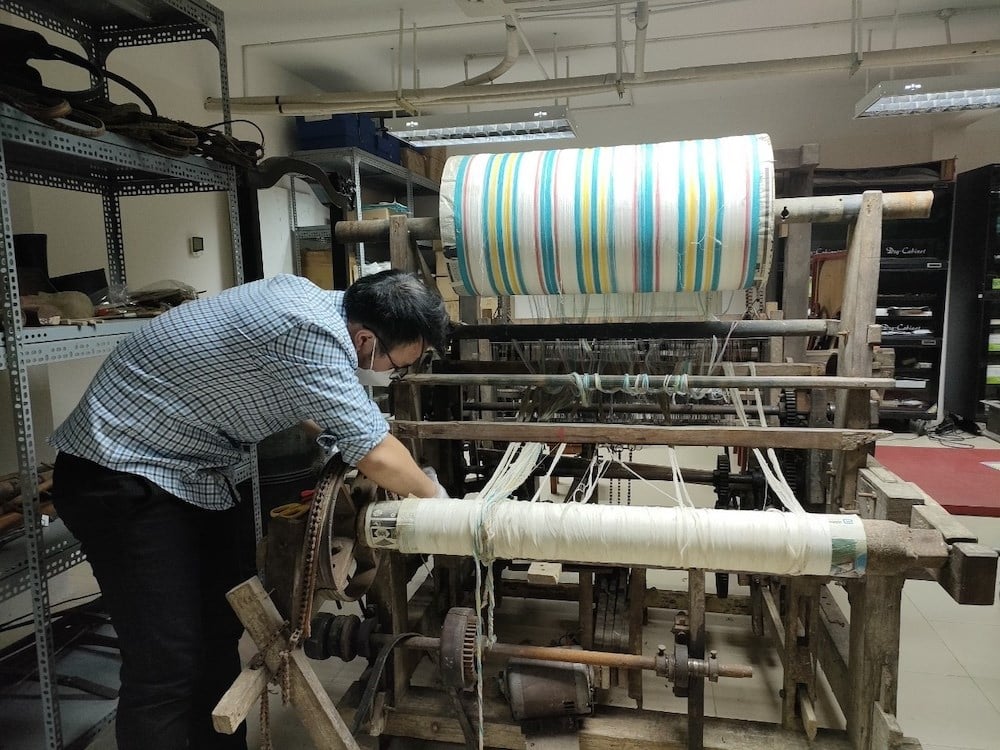
However, up to now, policies and regimes for the team of museum professionals are still very limited. Not only in terms of material and spiritual life, professionals also need to be equipped and retrained in many issues of knowledge, skills, and grasp of new techniques and new requirements.
For example, in terms of digitization, investing in equipment and software to digitize and computerize documents and artifacts in museums requires billions of dong. Issues of copyright, training skills to grasp and apply scientific data to work are all difficult questions for those who work in professional management of conservation and museums.
“Behind the tours, exhibitions, and trips to museums, how many of us pay attention to the people who quietly clean, repair each display platform, and check the current state of the artifacts? How many people care that when the rainy season comes, leaks will occur, and wooden objects, terracotta objects, books, paper, etc. in the museum may be damaged, wet, or moldy?
All of these are historical traces that we must spend billions of dong to preserve, because if they are lost, they cannot be saved anymore," Mr. Thien confided.
Without the insiders, who quietly check and restore day by day, it would be difficult to preserve and protect the huge amount of historical material left behind. Therefore, according to Mr. Thien, society and especially management levels must have a different and better perspective, paying attention to the position and role of museum professionals, the lifelong witnesses of "keeping history by hand".
Source: https://baovanhoa.vn/van-hoa/nhung-nguoi-giu-su-bang-tay-108600.html


![[Photo] Looking back at the impressive moments of the Vietnamese rescue team in Myanmar](https://vstatic.vietnam.vn/vietnam/resource/IMAGE/2025/4/11/5623ca902a934e19b604c718265249d0)




![[Photo] "Beauties" participate in the parade rehearsal at Bien Hoa airport](https://vstatic.vietnam.vn/vietnam/resource/IMAGE/2025/4/11/155502af3384431e918de0e2e585d13a)
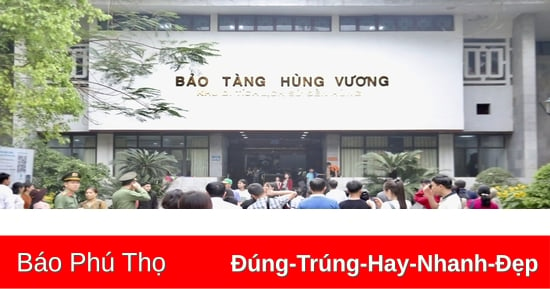


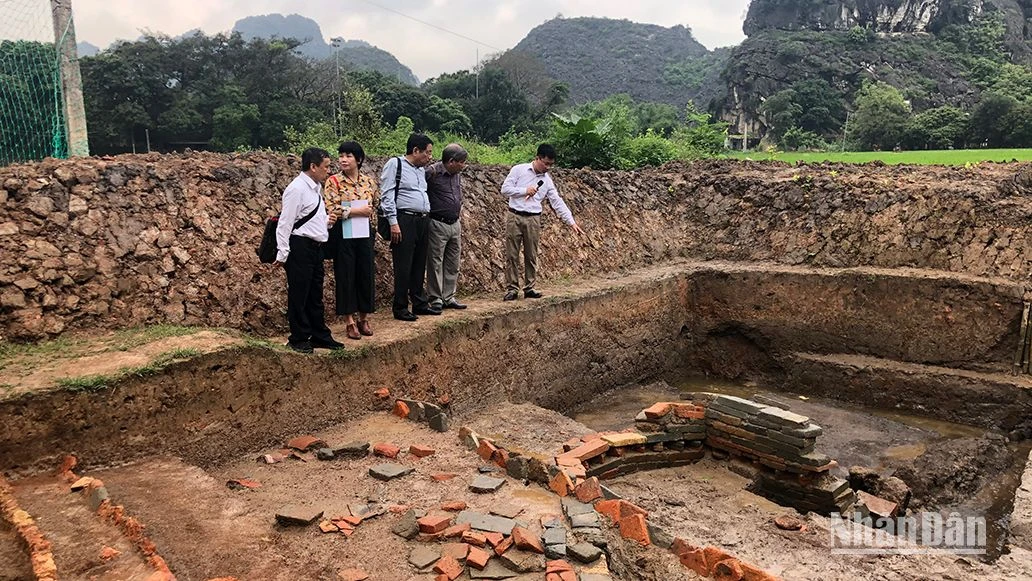













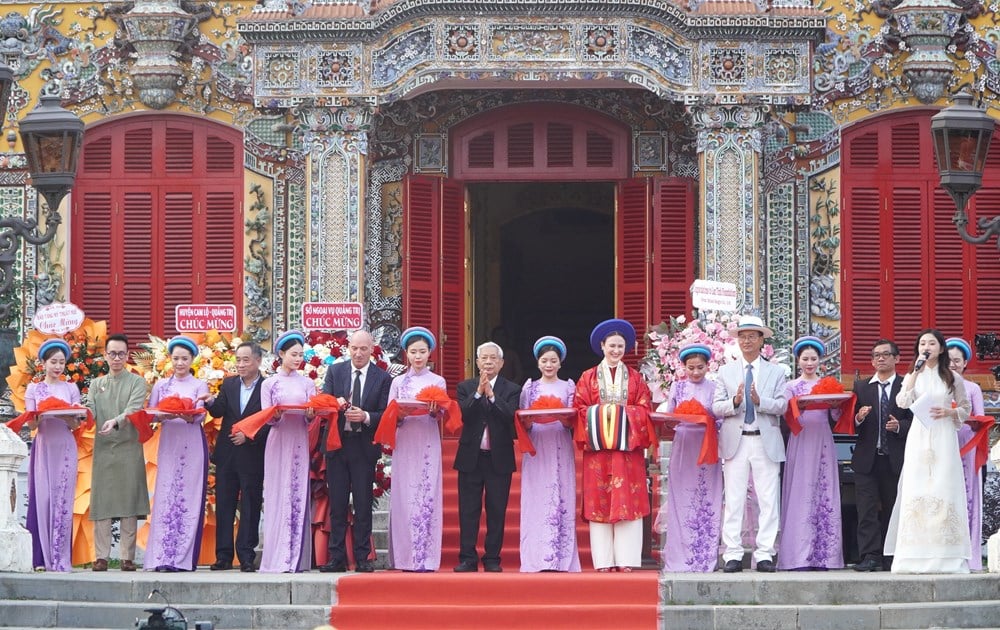



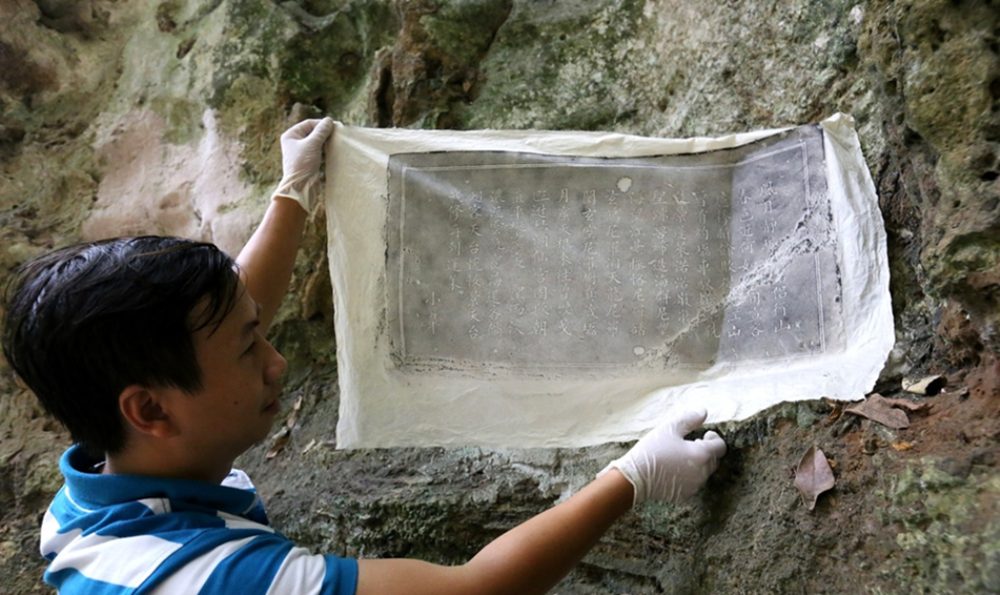
![[Photo] Summary of parade practice in preparation for the April 30th celebration](https://vstatic.vietnam.vn/vietnam/resource/IMAGE/2025/4/11/78cfee0f2cc045b387ff1a4362b5950f)





































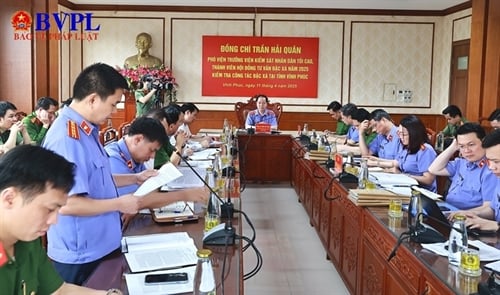



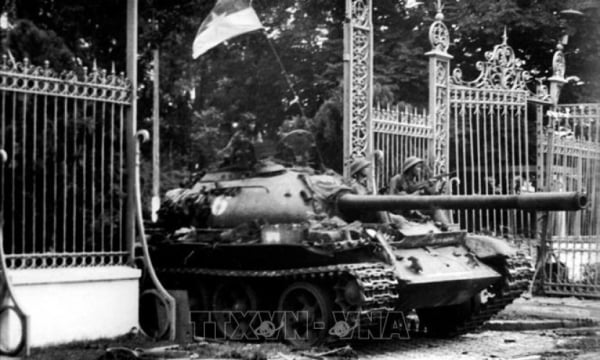











Comment (0)